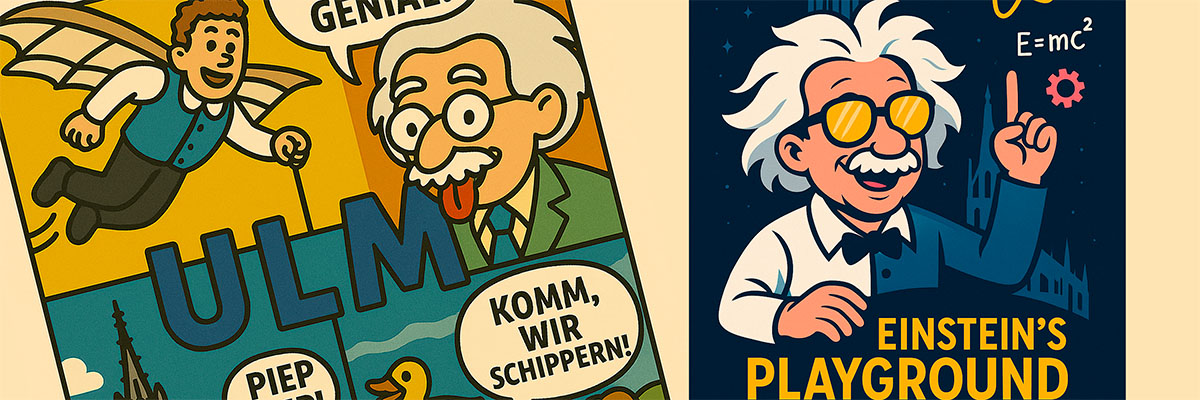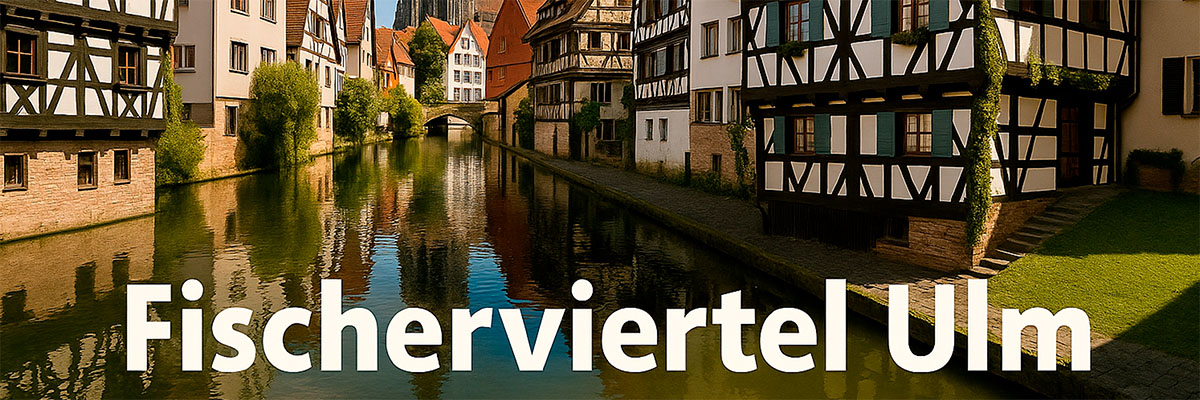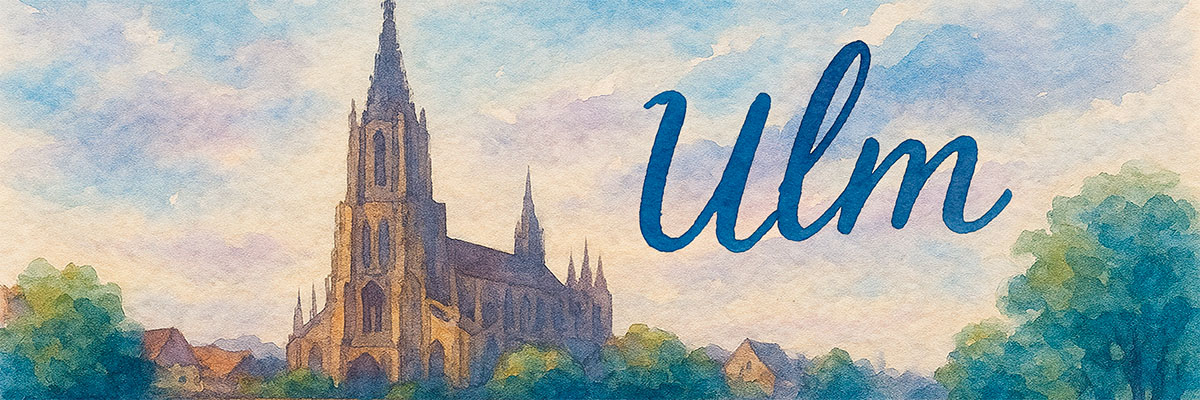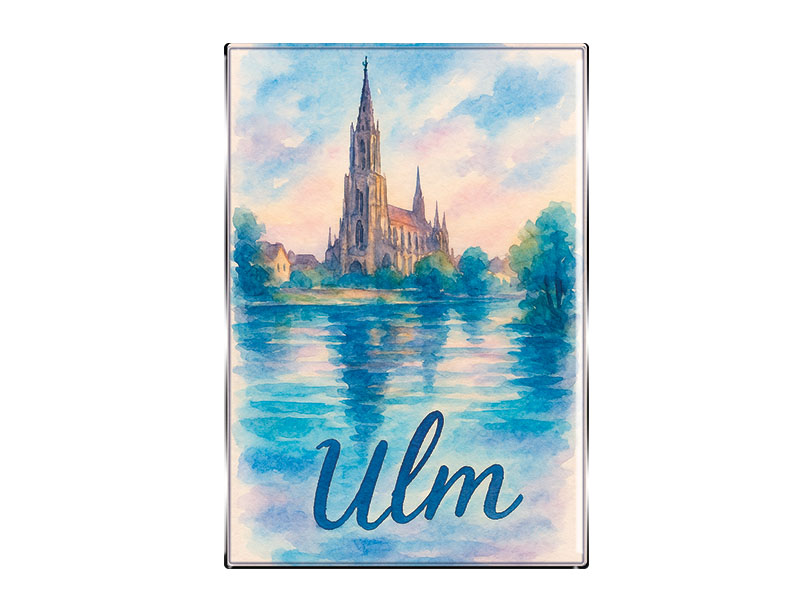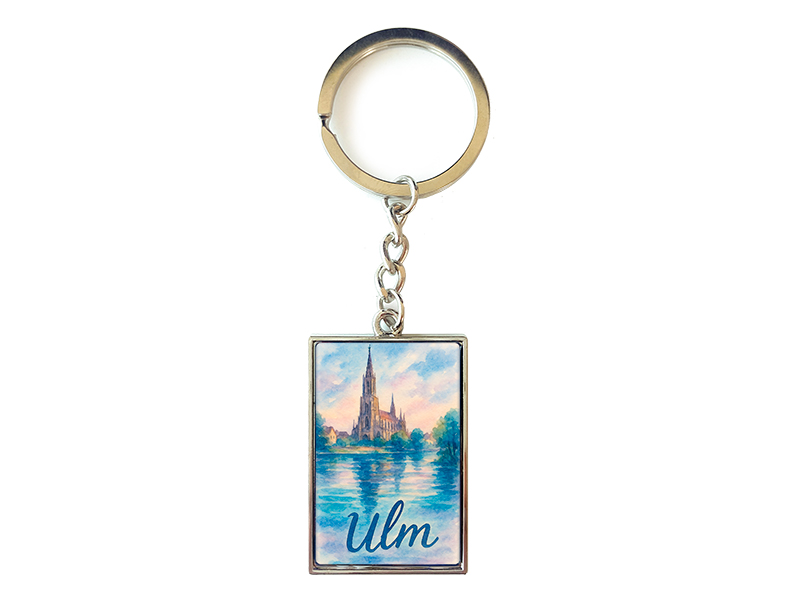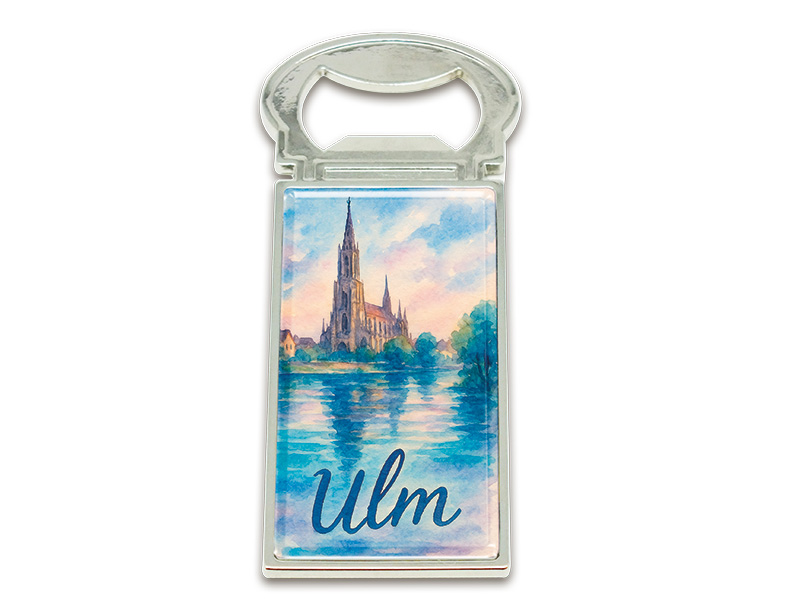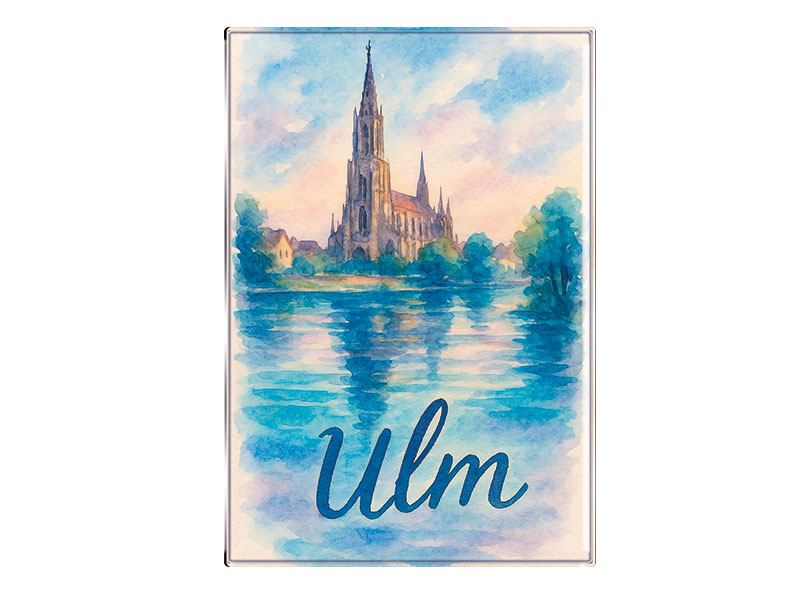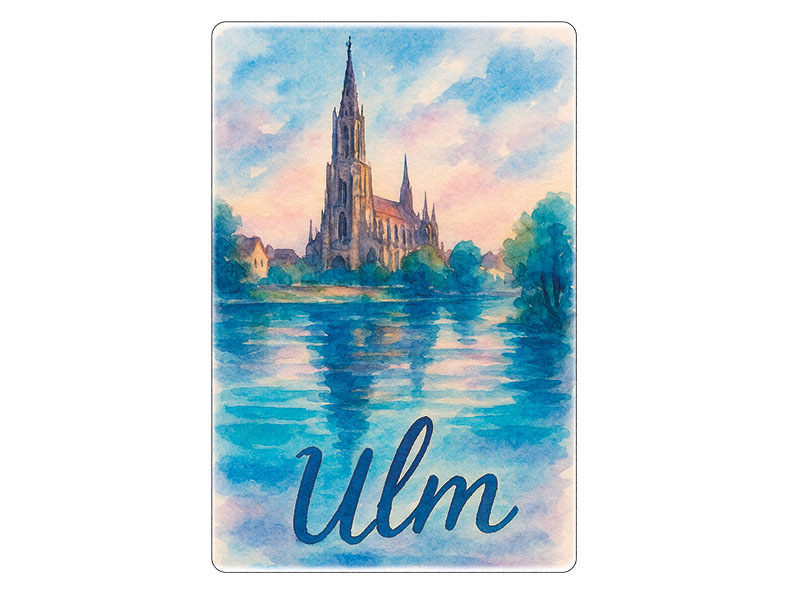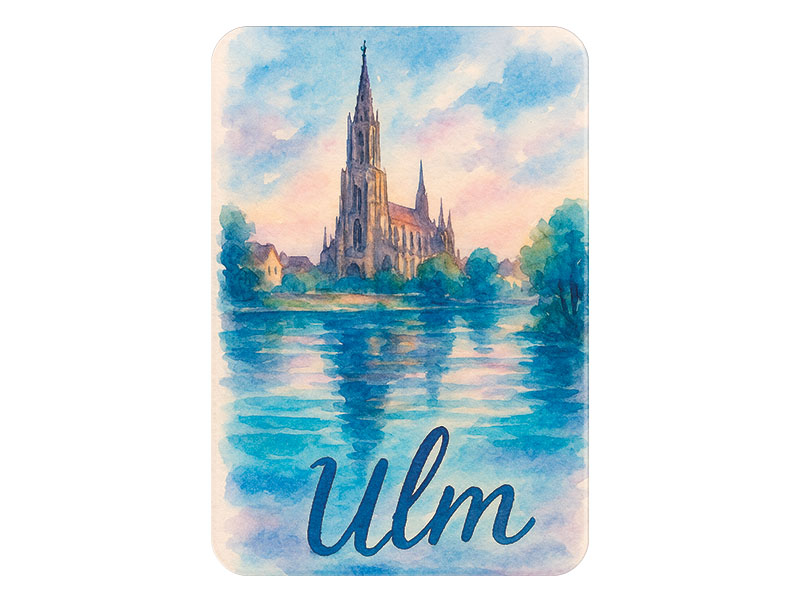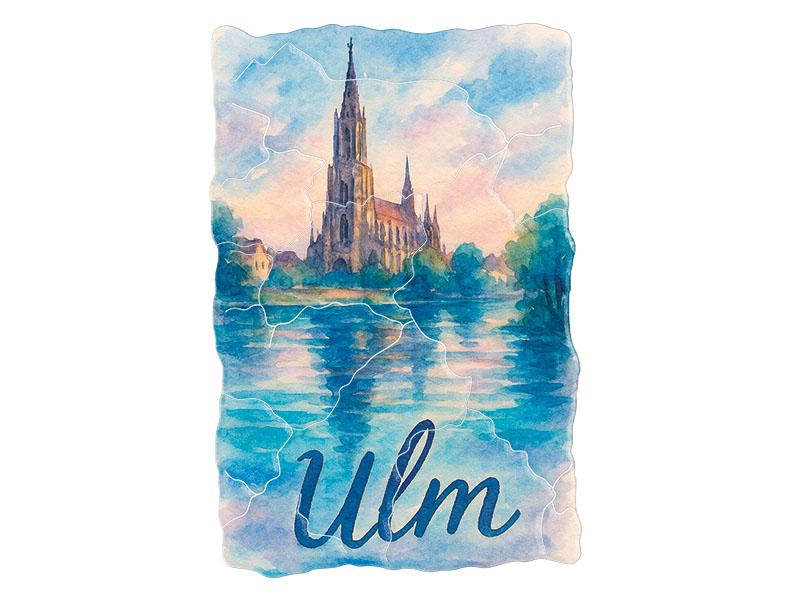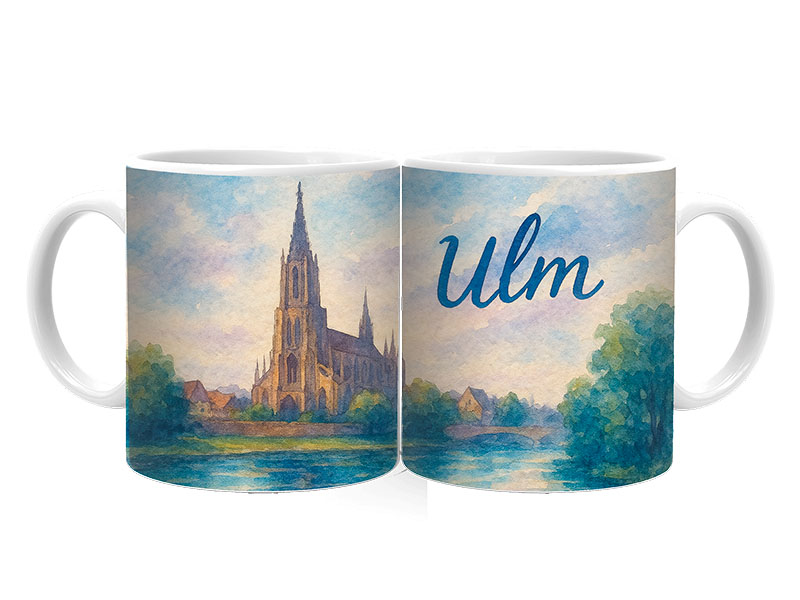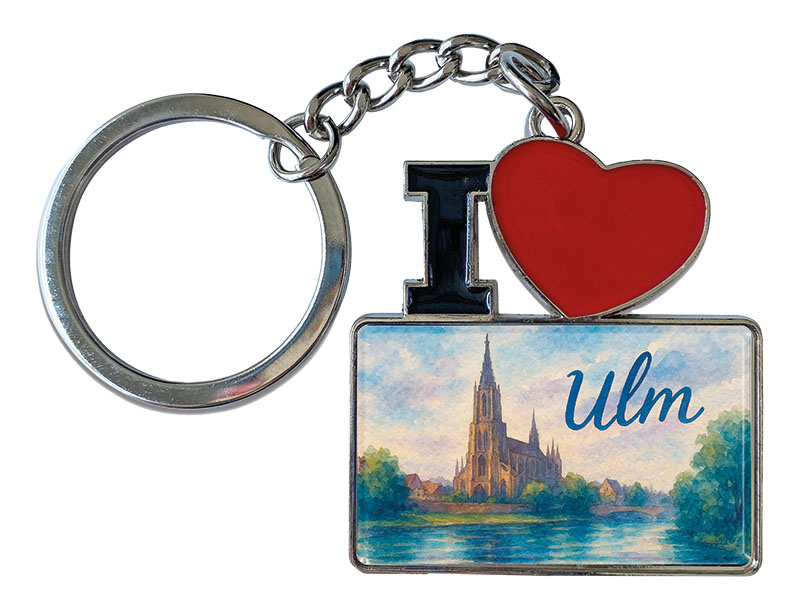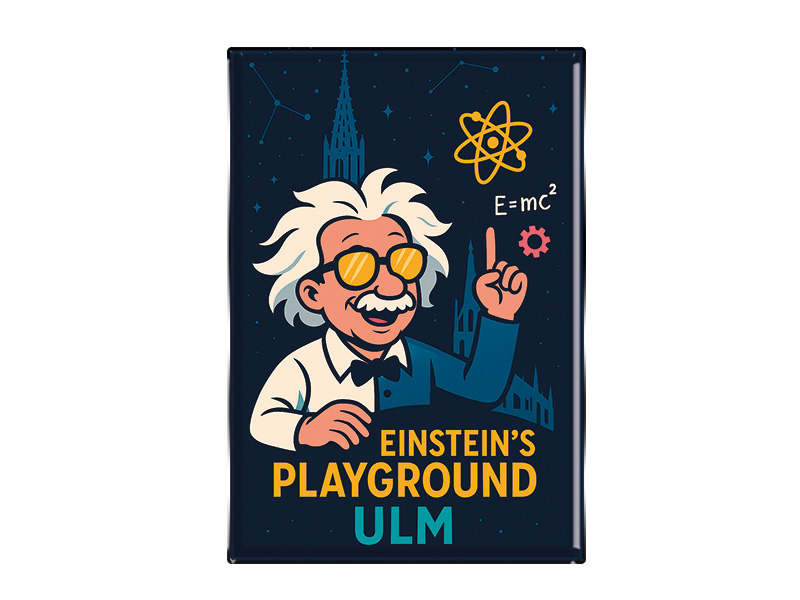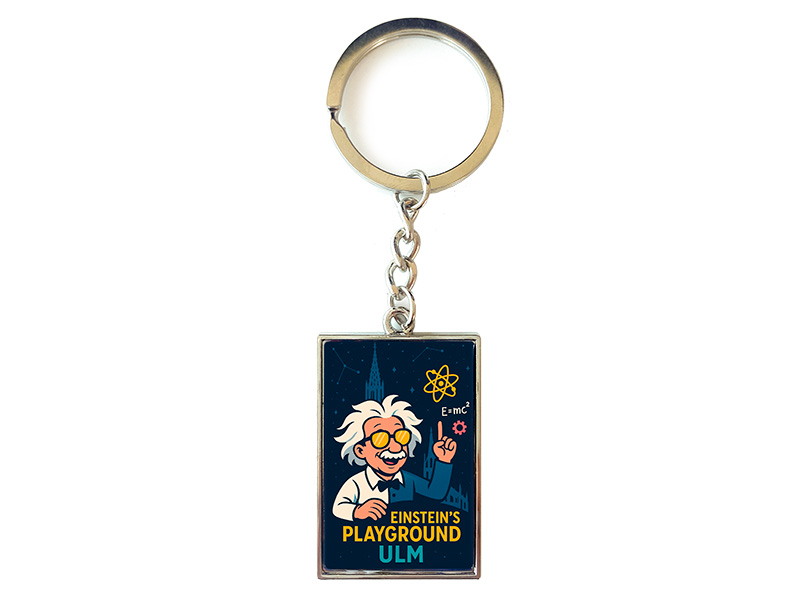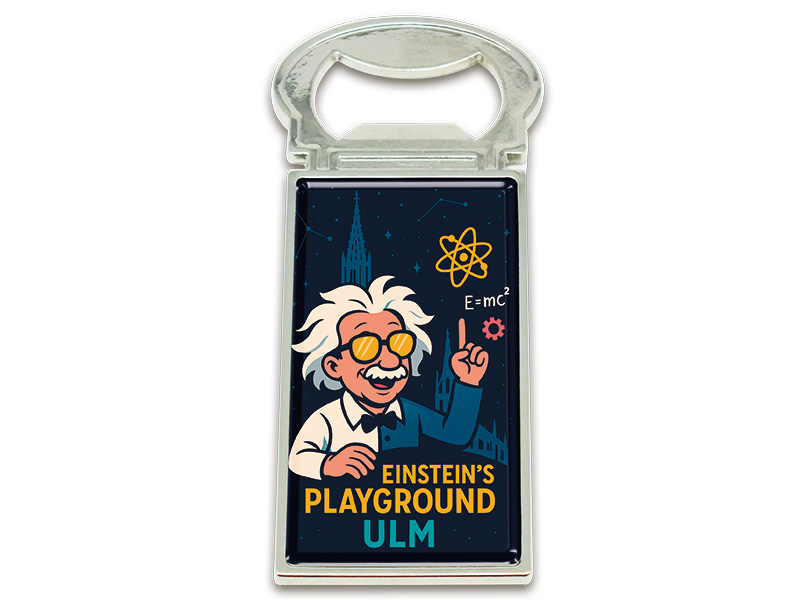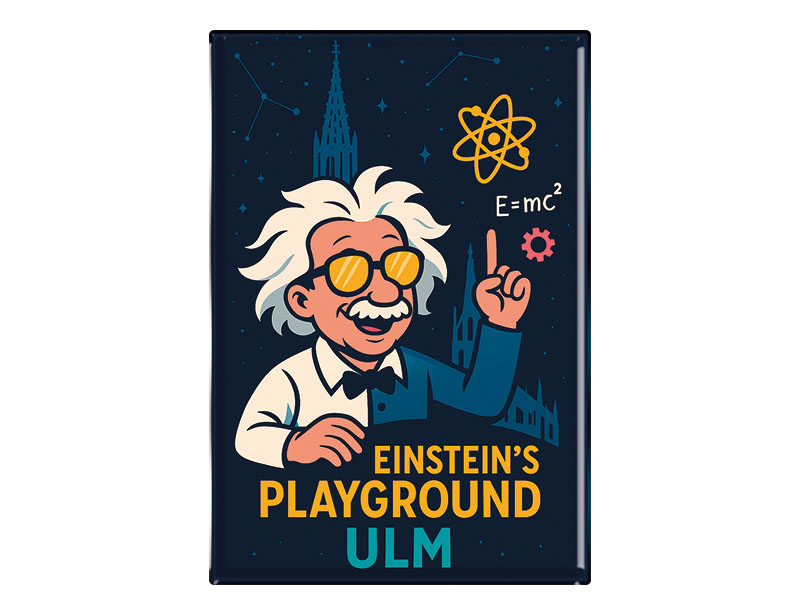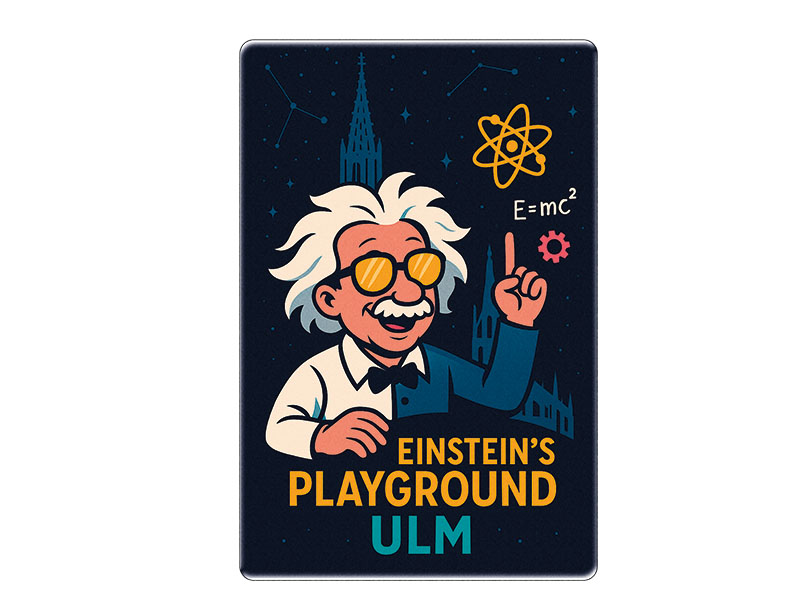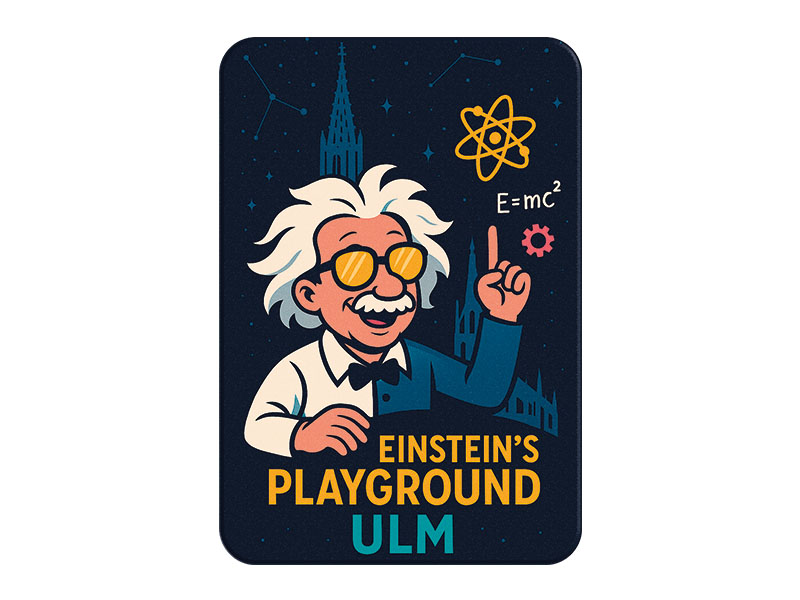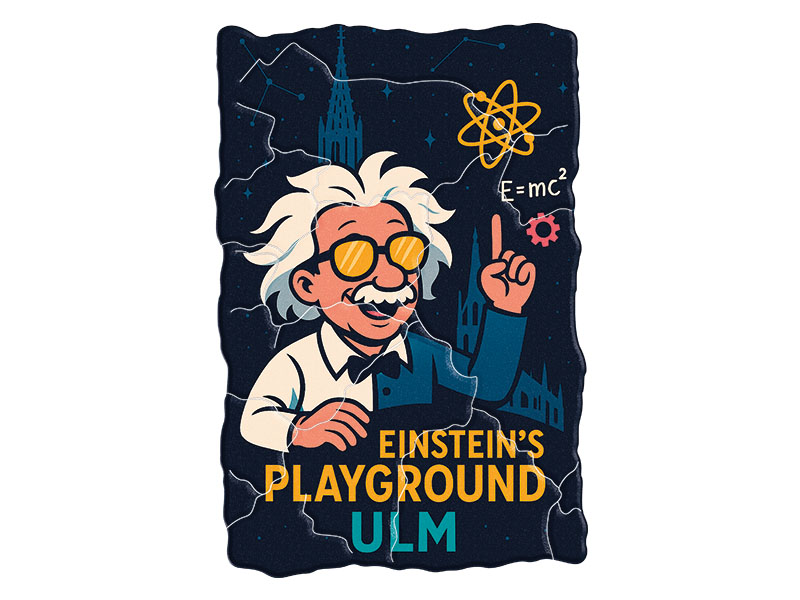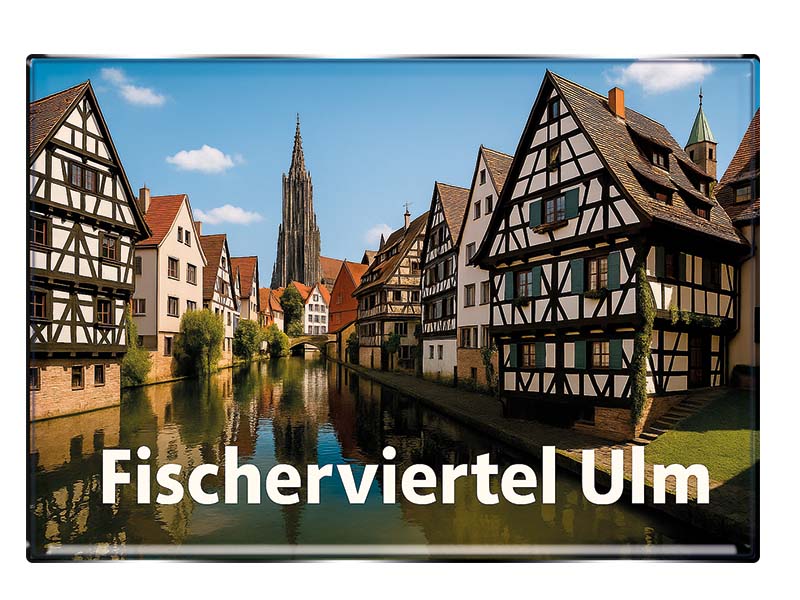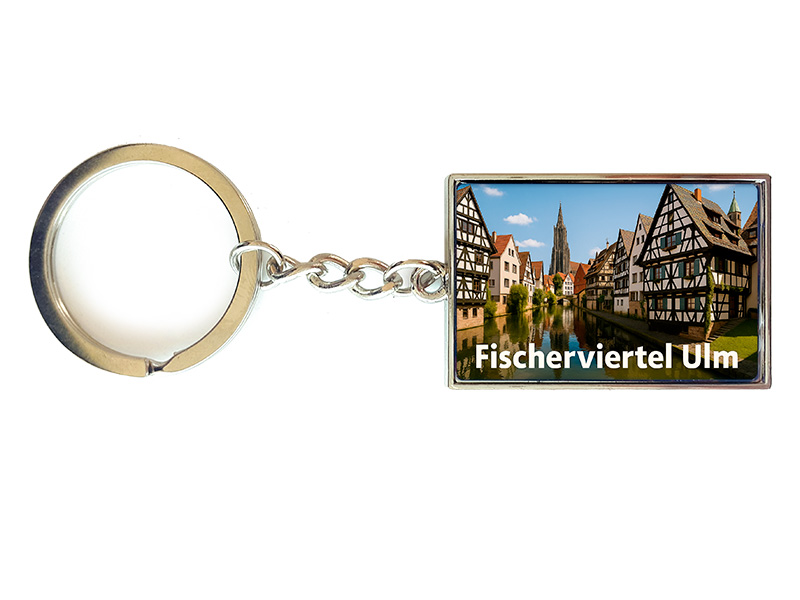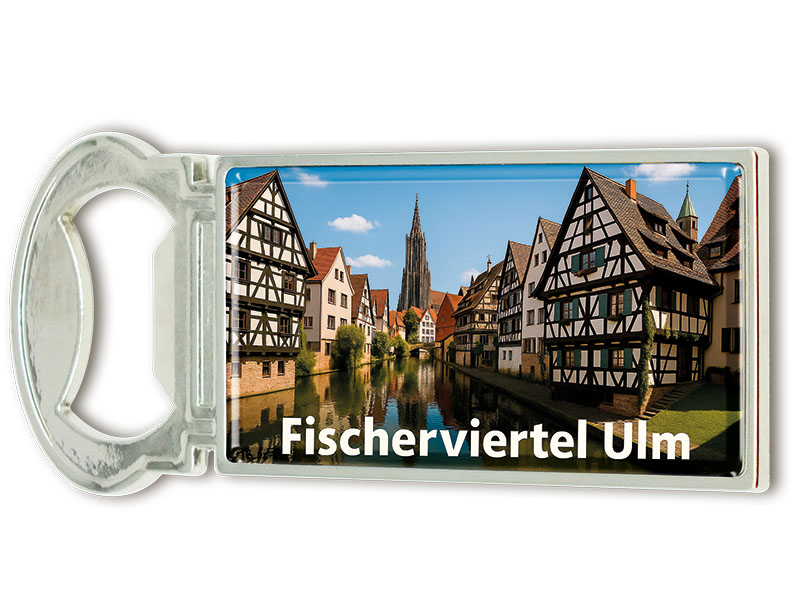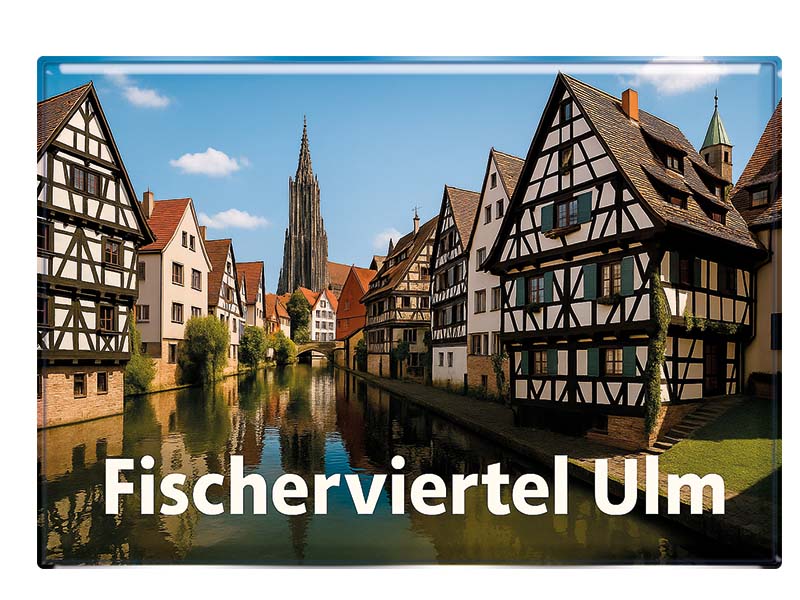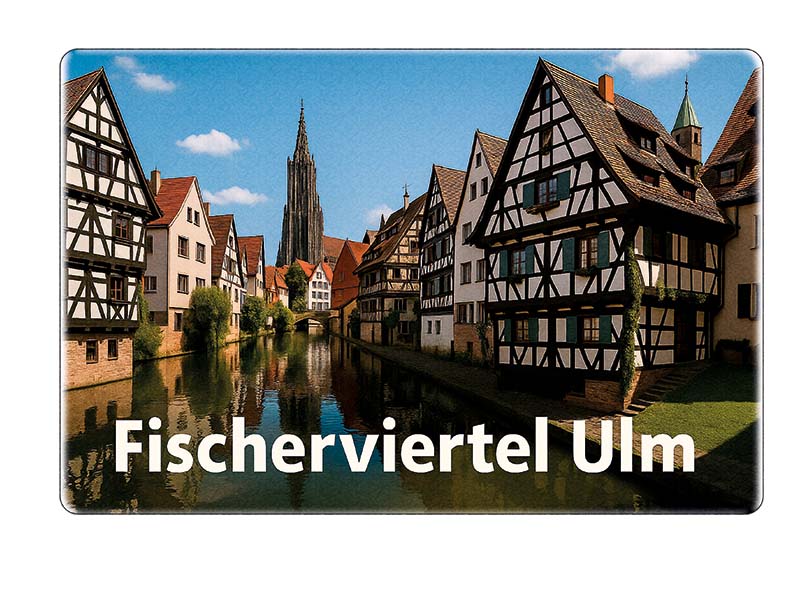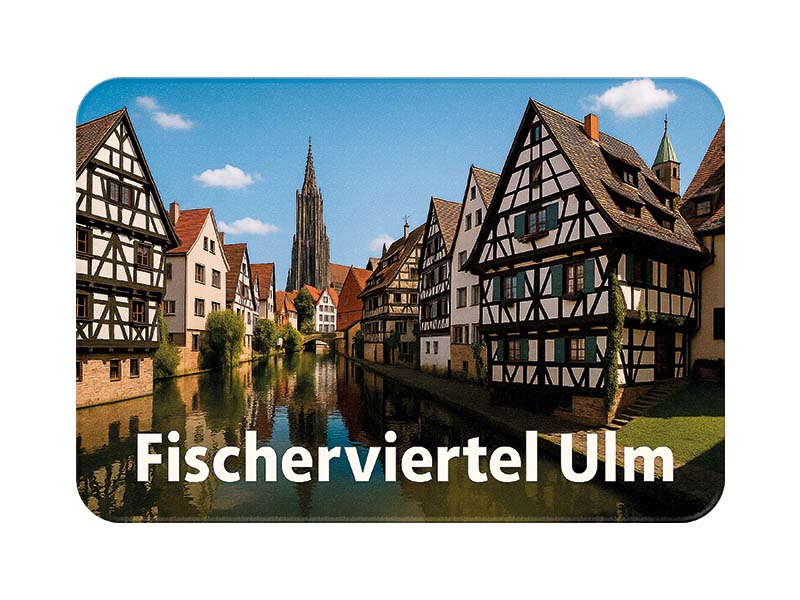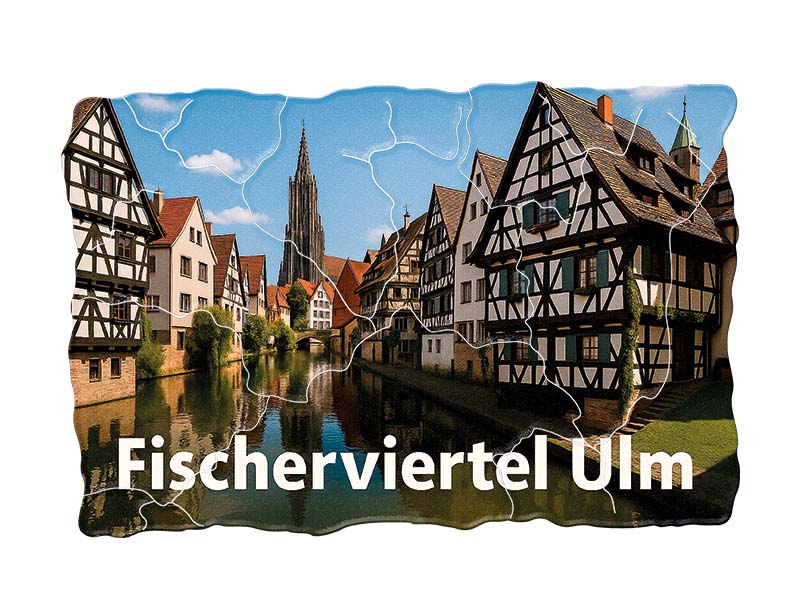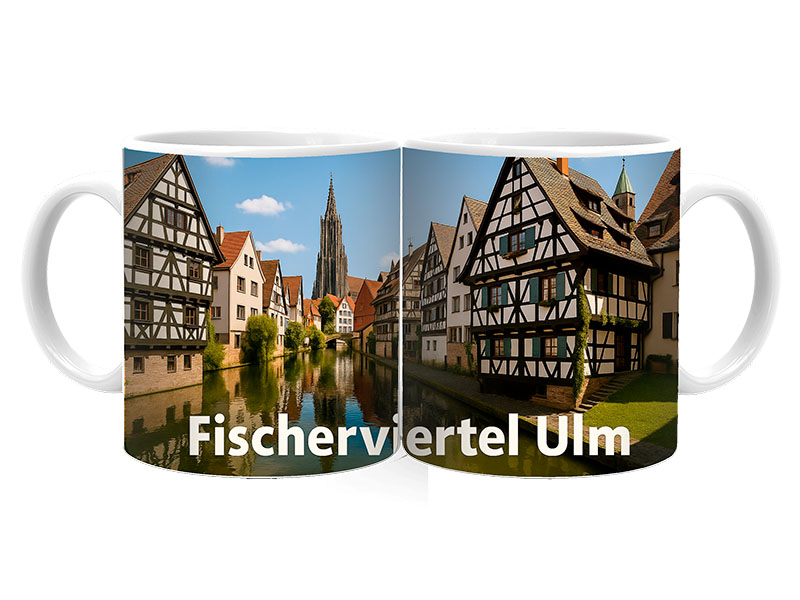- Vehicles
- Figures
- Witches
- Carnival
- Canvas
- Magnets
- Materials
- Maritime
- Hats
- New products
- Personalize
- Plush
- Dolls
- Collectible figures
- Keychain
- Special production
- %Special offers%
- Money boxes
-
Cities - Regions
- Bad Säckingen
- Bamberg
- Bayerischer Wald
- Berchtesgaden
- Berlin
- Bodensee
- Bremen
- Brocken
- Chiemsee
- Cochem
- Dinkelsbühl
- Dresden
- Eibsee
- Frankfurt
- Freiburg
- Gardasee
- Garmisch-Partenkirchen
- Hamburg
- Harz
- Heidelberg
- Helgoland
- Insel Mainau
- Kleinwalsertal
- Koblenz
- Köln
- Königssee
- Leipzig
- Lübeck
- Mecklenburgische Seenplatte
- München
- Nürnberg
- Oberammergau
- Passau
- Potsdam
- Quedlinburg
- Regensburg
- Rothenburg
- Rügen
- Schwarzwald
- Stuttgart
- Sylt
- Titisee
- Traunsee
- Triberg
-
Ulm
- Wernigerode
- Bags/Backpacks
- Textile
- Animal
- Subjects
More information? sign in.
More information? sign in.
More information? sign in.
More information? sign in.
Ulm – A City of History, Charm, and Diversity
Historical Background and Origins
The history of Ulm goes back more than a thousand years. The city was first mentioned in a document on July 22, 854, under the name Hulma, when King Louis the German issued a charter. In 1184, Ulm rose to prominence when it became a Free Imperial City, which allowed it to flourish both politically and economically.
During the Middle Ages, Ulm developed into an important center of trade and craftsmanship. It was one of the founding cities of the Swabian League of Cities in 1376 and later became a favored meeting place of the broader Swabian League from 1488 onwards. The 15th century marked Ulm’s golden age: textiles, especially linen and fustian (a cotton-linen blend), were exported across Europe, reaching Genoa, Venice, Lyon, the Netherlands, Switzerland, and even England.
Ulm’s political status shifted in the early 19th century. In 1802, the city became part of Bavaria, only to be transferred to Württemberg in 1810 as part of a territorial exchange. Across the Danube, Neu-Ulm developed as a Bavarian counterpart to the city. Ulm’s more recent history is also notable: in 2004, the city celebrated the 1150th anniversary of its first documented mention and the 125th birthday of Albert Einstein, who was born here in 1879. In 2015, Ulm received the honorary title “Reformation City of Europe.”
Geographical Location and Setting
Ulm is located in the federal state of Baden-Württemberg, within the Tübingen administrative district. It lies on the southeastern edge of the Swabian Jura (Schwäbische Alb) and the northern boundary of Upper Swabia, directly along the Danube River.
The city is characterized by the confluence of several rivers: the Danube, Iller, and Blau. Various elevated areas such as Kuhberg, Eselsberg, and Michelsberg shape Ulm’s topography. The location has always been of strategic importance: during Roman times, forts and roads were built nearby to control movements along the Danube frontier.
Today, Ulm and Neu-Ulm, situated across the river in Bavaria, form a cross-state metropolitan area that functions as a shared urban center.
Population Development
In the late 19th and early 20th centuries, Ulm grew rapidly: from about 36,000 inhabitants in 1890 to around 75,000 in 1939. The destruction of World War II reduced the population by roughly 20,000, but numbers recovered quickly in the postwar years. By 1951, Ulm had regained its pre-war population.
In 1980, Ulm surpassed the threshold of 100,000 inhabitants, earning the official designation of a “major city.” By December 2019, the number had risen to around 126,790 residents. As of 2023, Ulm itself has about 129,000 inhabitants, while the combined Ulm–Neu-Ulm metropolitan region counts nearly 192,000 people. This steady growth reflects Ulm’s role as a dynamic regional hub for education, commerce, and culture.
Landmarks and Tourism
The most iconic landmark of Ulm is without doubt the Ulm Minster (Ulmer Münster), a masterpiece of Gothic architecture. With its spire rising to 161.53 meters (530 feet), it is the tallest church tower in the world. Visitors can climb its 768 steps to enjoy a breathtaking panoramic view of the city and, on clear days, even the distant Alps.
Other architectural highlights include:
-
The historic Town Hall, decorated with Renaissance-era frescoes.
-
The Schwörhaus, once the site of civic ceremonies and still central to Ulm’s annual “Oath Monday.”
-
The Leaning House (Schiefes Haus), a medieval building leaning dramatically over the river Blau and listed in the Guinness Book of Records as the “most crooked hotel in the world.”
The Fishermen’s and Tanners’ Quarter (Fischer- und Gerberviertel) is one of Ulm’s most picturesque areas. With half-timbered houses, cobblestone alleys, old mills, and the Zunfthaus der Schiffsleute (guild house of the boatmen), the district reflects Ulm’s medieval prosperity. It was also from here that many Danube Swabians departed for journeys to Eastern Europe.
For leisure and nature, the Friedrichsau Park serves as the largest green area, featuring a zoo, fairgrounds, and venues for festivals such as the popular “Ulmer Zelt” cultural program.
Tourism is a growing sector in Ulm. In recent years, the city welcomed around 508,000 visitors annually, accounting for about 1.1 million overnight stays. Many guests are drawn by cultural events, guided tours, and the chance to explore the city’s medieval charm alongside its modern architectural achievements.
Famous People from Ulm
Ulm has given the world several renowned figures:
-
Albert Einstein (1879–1955), the most famous physicist of the 20th century, was born in Ulm. A monument near the site of his birth commemorates him.
-
Hans and Sophie Scholl, leaders of the student resistance group White Rose against the Nazi regime, grew up in Ulm from 1932 onward. Their legacy remains deeply connected with the city.
-
Hildegard Knef (1925–2002), a celebrated actress, singer, and writer, was born here.
-
Otl Aicher (1922–1991), a pioneering graphic designer and co-founder of the Ulm School of Design (Hochschule für Gestaltung Ulm), also hailed from the city.
Food, Drinks, and Culinary Traditions
Being part of Swabia, Ulm boasts a cuisine rooted in hearty, rustic dishes. Local specialties include:
-
Maultaschen – pasta pockets filled with meat, spinach, onions, and herbs, often nicknamed “Swabian ravioli.”
-
Spätzle – soft egg noodles, often served with gravy or cheese.
-
Linsen mit Spätzle – lentils cooked with vinegar and vegetables, accompanied by Spätzle and smoked sausage.
-
Zwiebelrostbraten – roast beef topped with onions, typically served with fried potatoes or Spätzle.
-
Schupfnudeln – potato noodles pan-fried with sauerkraut and bacon.
As for drinks, beer plays an important role. Ulm and its surroundings are home to several small and mid-sized breweries. Each year, the Münsterplatz hosts the Small Brewers’ Market (Kleinbrauermarkt), where regional craft brewers present their creations. Wine from nearby Baden and Württemberg also appears on many menus, alongside fruit brandies and ciders.
Souvenirs from Ulm
Visitors looking to take a piece of Ulm home have a variety of options:
-
Miniature replicas of Ulm Minster, available in wood, stone, or metal.
-
Postcards and prints featuring iconic cityscapes such as the Minster, the Fishermen’s Quarter, or the historic Town Hall.
-
Local food products, including Swabian pasta (Spätzle), jarred Maultaschen, or regional beer.
-
Design-inspired souvenirs, paying tribute to Otl Aicher and the tradition of the Ulm School of Design.
-
Einstein-themed memorabilia, reflecting Ulm’s connection with the world-famous physicist.
Conclusion – A City of Heritage and Innovation
Ulm is a city that bridges the past and the future. Its medieval roots as a Free Imperial City and its status as a textile trade hub shaped its historical identity. Today, the city continues to honor its legacy while embracing innovation in science, design, and culture.
The Ulm Minster symbolizes both spiritual devotion and architectural ambition, while neighborhoods like the Fishermen’s Quarter preserve the charm of centuries past. Festivals, culinary delights, and the scenic setting along the Danube River add to its appeal.
Whether one climbs the highest church spire in the world, samples Swabian specialties, or walks in the footsteps of Albert Einstein and the Scholl siblings, Ulm leaves a lasting impression. It is both a place of historical significance and a modern, livable city that welcomes over half a million visitors every year.
Ulm’s unique blend of heritage, culture, and innovation makes it not only a jewel of Baden-Württemberg but also a city of truly European importance.

